What is 3D Printing?
Guest contributor John Biehler shares some insights about 3d printing — one of the biggest technology stories to develop over the last year — and the local 3d604 group.
You’ve probably heard about 3d printing recently in the news. Every week there seems to be another story or segment about it. But what actually is 3d printing?
Also known as additive manufacturing, 3d printing is the technique of creating physical objects from digital models.
Think of it as a hot glue gun that moves. Replace the glue with a plastic material and you have the basic premise. It moves via a system of motors and gears that typically move along rails or rods up, down, left or right.
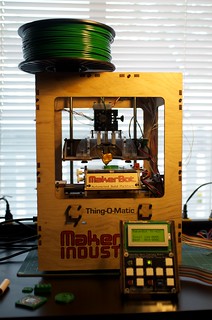 The object is made by ‘drawing’ with the melting plastic, one layer at a time. Once a complete layer has been ‘drawn’, the platform moves down and then the next layer is drawn on top of the previous one, building something out of nothing. Each layer can be as small as 100 microns (0.1 of a millimeter) – sometimes even smaller.
The object is made by ‘drawing’ with the melting plastic, one layer at a time. Once a complete layer has been ‘drawn’, the platform moves down and then the next layer is drawn on top of the previous one, building something out of nothing. Each layer can be as small as 100 microns (0.1 of a millimeter) – sometimes even smaller.
Hobbyist 3d printers use a plastic filament, not unlike (although quite different than) what you see on the bottom of a weed whacker. It is either ABS or PLA plastic. ABS is the same type of plastic used for LEGOs. PLA is a corn starch based plastic that is biodegradable. Industrial machines are capable of using metals, resins, ceramics and even organic material to print with.
I first got into 3d printing a couple of years ago after hearing about what MakerBot was developing and eventually bought my first kit. You had to assemble the printer yourself and it took me about 20 hours of soldering, wiring and a ton of nuts and bolts to do so.
Since then, I’ve added to my collection of 3d printers (I’m now up to 3) including my recent purchase of a MakerBot Replicator 2 which now comes fully assembled.
I’ve made everything from toys and gifts to custom camera mounts for helicopters and electronics enclosures with my 3d printers. I’ve even printed the parts for other 3d printers on my 3d printer – you can make about 60-70% of a 3d printer from plastic parts. You still need to add motors, bolts, screws, electronics, etc.
My Christmas tree for the last couple of years has had almost entirely 3d printed ornaments on it.
We can also use an Xbox Kinect as a 3d scanner to scan people and 3d print them.
When I first started out, I didn’t know anyone else locally that was doing 3d printing. I eventually found some people who were building their own printers and we eventually formed a 3d printing club (called 3D604.org) that has grown to over 50 members locally. We typically meet twice a month to talk about our printers, show off our latest projects and occasionally have build days where we work on getting someone’s printer up and running. We also regularly bring our printers out to special events to showcase the technology. We had 17 printers going at this year’s MakerFaire at the PNE in the summer.
If you’d like to know more about 3d printing, check out our Google Group which has our upcoming meeting dates and times. We typically meet at a restaurant in Langley as we have members from Chilliwack to North Vancouver and it’s reasonably central and transit accessible (a few even carpool to the meetings). We welcome new members and you don’t have to have a printer to be a member…we’ll answer any questions you have about choosing a printer for yourself or can arrange to print your 3d objects if you’d like. I also have an extensive set of posts about my adventures in 3d printing over at my blog as well.

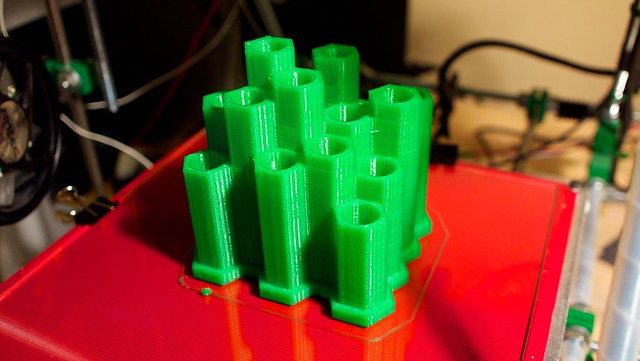

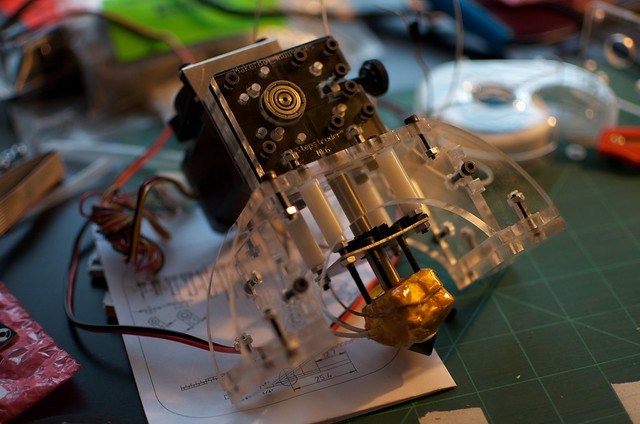
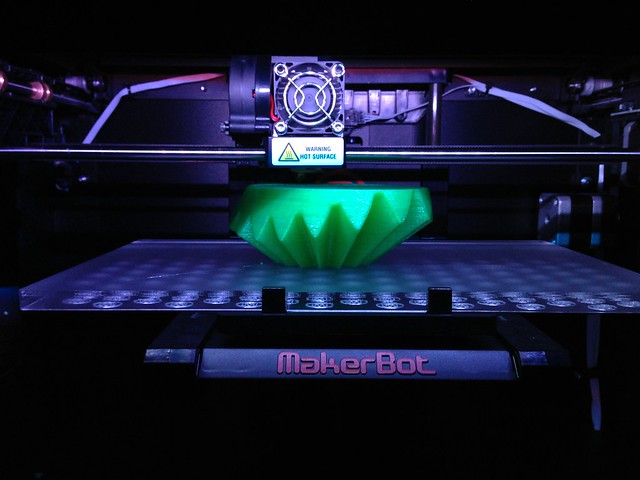



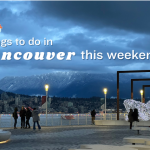
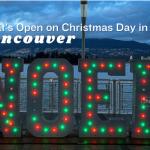
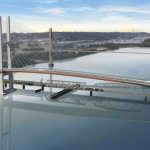

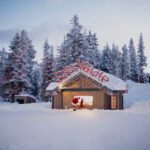


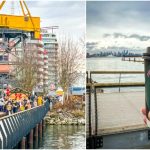
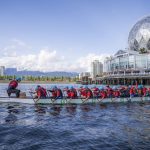
2 Comments — Comments Are Closed
Science World has invited local makers to do a 3D printing demonstration over Spring Break (end of March). I’m not sure of the exact dates yet but we’re excited to share this cool new technology!
[…] printing is the technique of creating physical objects from digital models… Think of it as a hot glue gun that moves. Replace the glue with a plastic material and you have the basic premise. It moves via a system of […]